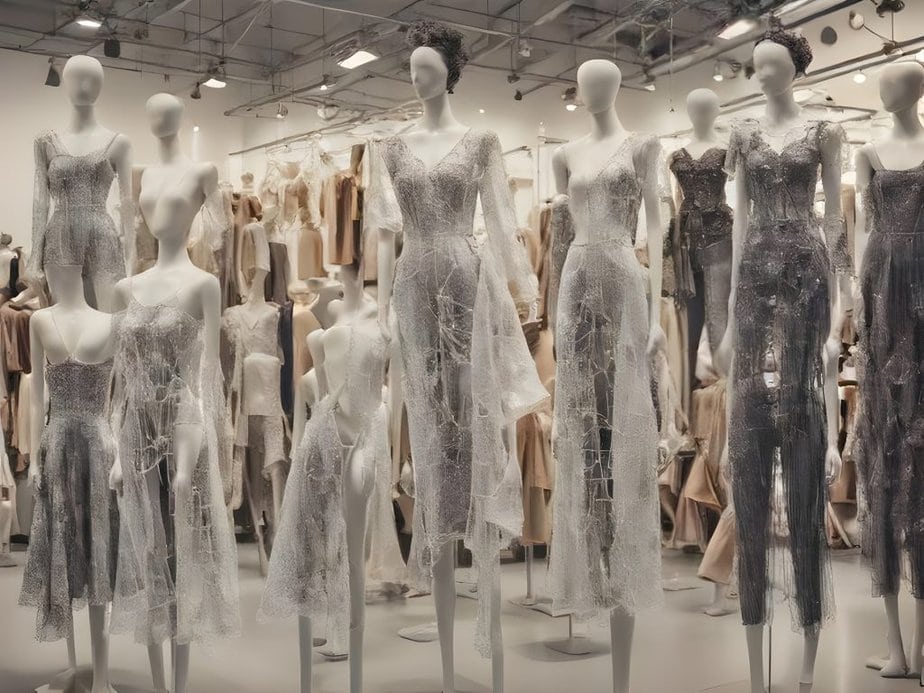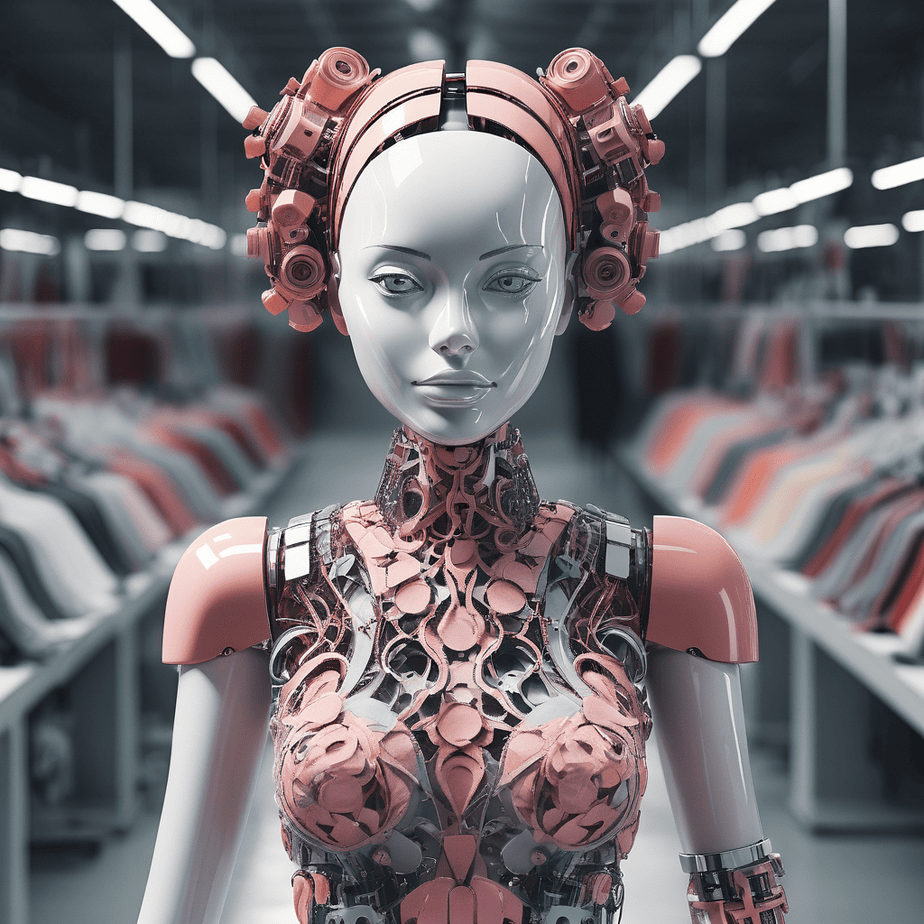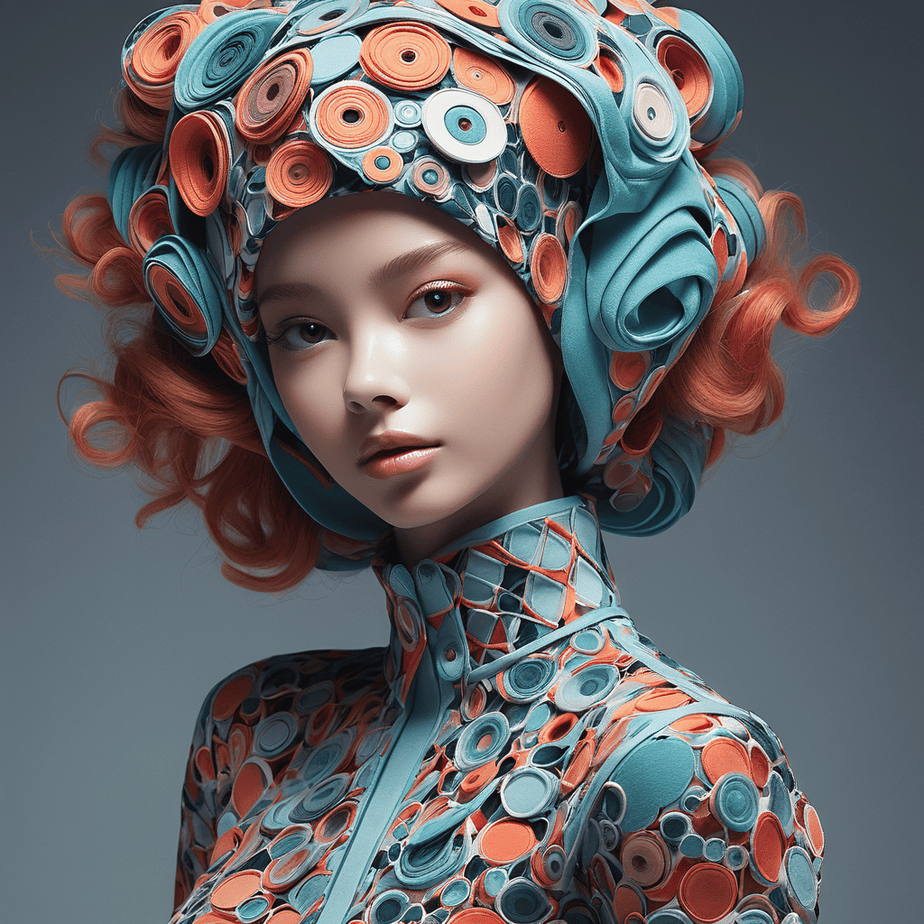The world of fashion and design has always been driven by innovation and pushing boundaries. In recent years, a new technological breakthrough has emerged as a game-changer in the industry—Generative Artificial Intelligence (AI). This cutting-edge technology has revolutionized the creative process, enabling designers to explore new frontiers, enhance their creativity, and deliver unique and personalized experiences to consumers.
In this article, we delve into the transformative impact of generative AI in fashion and design, exploring its applications, benefits, and potential challenges.
Understanding Generative AI
Generative AI refers to the use of artificial intelligence algorithms to create new and original content such as images, texts, music, and more. Unlike traditional AI, which is typically designed to recognize or classify existing data, generative AI goes a step further by generating entirely new content based on patterns and information learned from large datasets.
Applications in Fashion and Design
Creative Exploration
Generative AI empowers designers to explore and experiment with infinite possibilities. By training AI models on vast collections of fashion data, designers can generate unique patterns, textures, and styles that push the boundaries of traditional design.
This technology allows for the creation of avant-garde fashion pieces, enabling designers to break free from conventional norms and unleash their creative potential.
Personalization
In an era where personalization is highly valued, generative AI provides designers with the tools to create customized fashion and design experiences. By analyzing individual preferences, demographic data, and previous purchase history, AI algorithms can generate personalized recommendations and designs tailored to the unique tastes of customers. This level of personalization enhances customer satisfaction and fosters brand loyalty.
Sustainable Design
Sustainability has become a significant concern in the fashion industry, and generative AI can play a crucial role in promoting eco-friendly practices.
 By optimizing material usage, predicting consumer demand, and designing more efficient production processes, AI algorithms can help reduce waste and minimize the environmental footprint of the fashion industry.
By optimizing material usage, predicting consumer demand, and designing more efficient production processes, AI algorithms can help reduce waste and minimize the environmental footprint of the fashion industry.
Benefits of Generative AI in Fashion and Design
Efficiency and Time-saving
Generative AI streamlines the design process by automating repetitive tasks. Designers can leverage AI algorithms to generate initial design concepts, reducing the time spent on manual sketching and prototyping.
 This allows designers to focus on refining and perfecting the generated designs, resulting in faster product development cycles.
This allows designers to focus on refining and perfecting the generated designs, resulting in faster product development cycles.
Inspiration and Collaboration
Generative AI acts as a creative partner, providing designers with fresh ideas and inspiration. By analyzing vast amounts of design data and patterns, AI algorithms can generate novel concepts that designers may not have considered. Additionally, generative AI facilitates collaboration between designers, enabling them to share and build upon each other’s ideas, leading to more innovative and diverse design outcomes.
Challenges and Considerations
While the potential of generative AI in fashion and design is immense, there are certain challenges and considerations to address:
Intellectual Property
As generative AI creates new designs based on learned patterns, the issue of intellectual property rights arises. Determining ownership and protecting originality becomes a complex matter, requiring legal frameworks to adapt to the evolving landscape of AI-generated content.
Ethical Concerns
Generative AI algorithms rely on large datasets, which may contain biases and perpetuate existing inequalities. It is crucial to ensure that the training data is diverse and representative, and that the AI systems are designed to mitigate biases and promote inclusivity.
Human Touch
While AI can generate captivating designs, the human touch and intuition remain invaluable in fashion and design.
 The challenge lies in striking the right balance between AI-generated designs and human creativity, ensuring that designers retain their artistic vision and unique perspectives.
The challenge lies in striking the right balance between AI-generated designs and human creativity, ensuring that designers retain their artistic vision and unique perspectives.
Several brands have already embraced AI in the fashion industry. Here are some notable examples:
Nike
Nike has been at the forefront of using AI in various aspects of its operations. The brand utilizes AI to enhance its product design, manufacturing processes, and customer experiences. For instance, Nike’s AI algorithms analyze customer data to personalize product recommendations and design customized shoes through its “Nike By You” platform.
Burberry
Burberry has incorporated AI into its retail strategy by leveraging data analytics and machine learning. The brand utilizes AI algorithms to analyze customer preferences and behaviors, enabling personalized recommendations and targeted marketing campaigns. Additionally, Burberry implemented AI-powered chatbots to provide customer support and enhance the online shopping experience.
Farfetch
Farfetch, an online luxury fashion platform, utilizes AI to enhance its e-commerce capabilities. The company uses AI algorithms to analyze customer data, such as browsing behavior and purchase history, to provide personalized product recommendations. Additionally, Farfetch has acquired AI companies like CuriosityChina and Style.com to further enhance its AI capabilities.
Zara
Zara, a popular fast-fashion brand, has integrated AI into its supply chain and inventory management processes. The brand uses AI algorithms to analyze sales data, customer preferences, and fashion trends to optimize its production and inventory levels. This enables Zara to quickly respond to changing market demands and reduce overstocking.
Alibaba
Alibaba, the Chinese e-commerce giant, has heavily invested in AI for fashion and retail. The company utilizes AI-powered tools like Fashion AI to enhance the in-store shopping experience. Fashion AI uses computer vision and deep learning algorithms to provide customers with personalized fashion recommendations and styling advice.
Amazon
Amazon has incorporated AI into its fashion operations through initiatives like Amazon Fashion and Amazon Echo Look. Amazon Fashion utilizes AI algorithms to curate personalized product recommendations tailored to individual customers’ preferences. Amazon Echo Look is an AI-powered device that offers style advice and recommendations based on users’ outfits.
These brands are just a few examples of those already leveraging AI in the fashion industry. Many other fashion brands, retailers, and technology companies are actively exploring and implementing AI technologies to enhance various aspects of the fashion experience, from design and production to marketing and customer service.
Conclusion
Generative AI has revolutionized the fashion and design industry, empowering designers with newfound creativity and efficiency. From pushing creative boundaries to personalizing experiences and promoting sustainability, generative AI has opened up a world of possibilities. However, as with any transformative technology, it is essential to navigate the challenges and ethical considerations to ensure a responsible and inclusive future. With continued advancements and collaboration between human designers and AI systems, the future of fashion and design looks brighter than ever.


